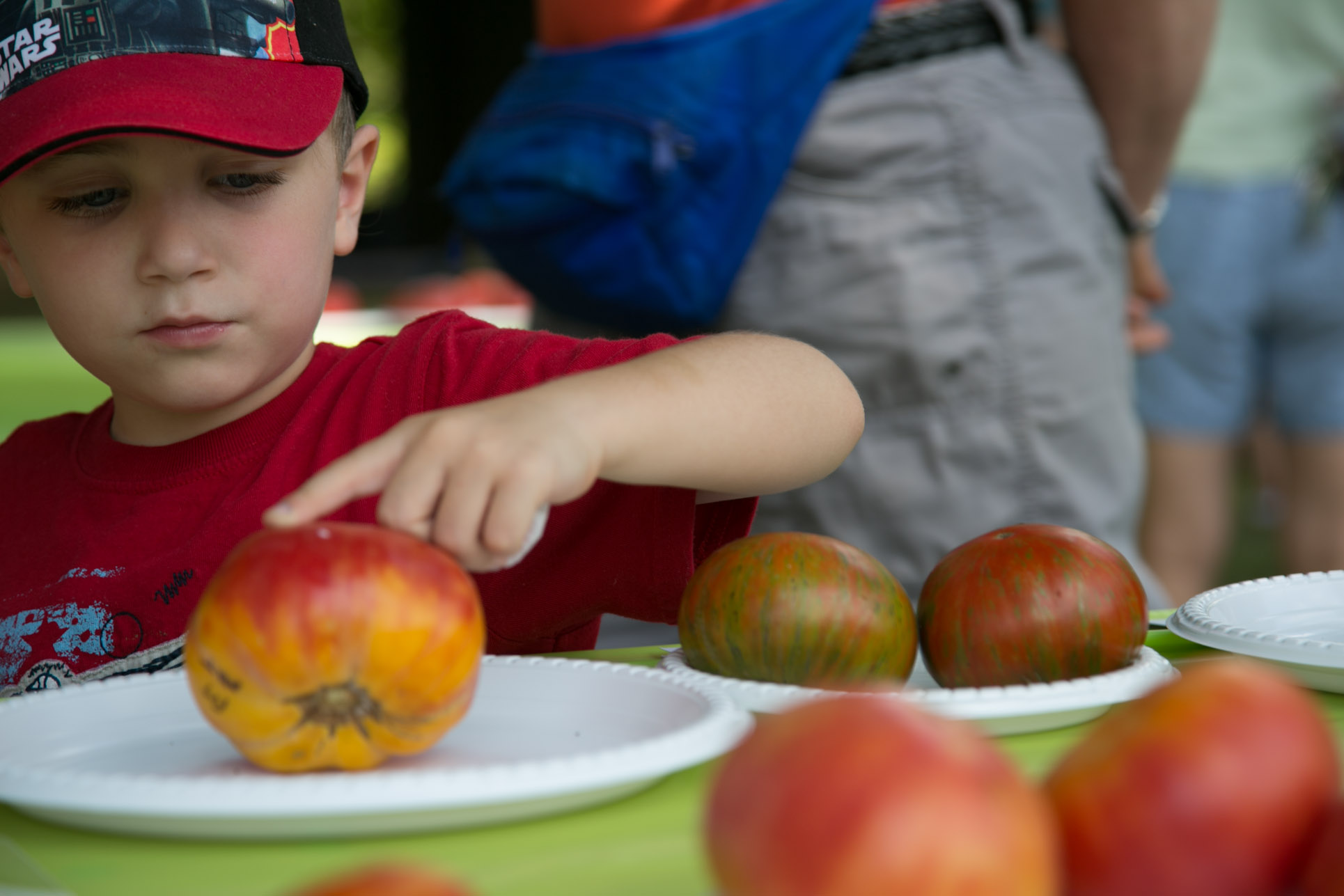When I was 3 or 4 years old, I loved to spend time with my grandfather Walter (not Water, as I first had it - thanks to a sharp eyed friend for letting me know. Walter was "dry", so Water would not have worked! That's what happens when I blog late at night...). He and my grandmother lived in a tenement in Pawtucket, RI. The landlord let him use the back lot for a big garden (it seemed huge at the time, but sadly, no pictures exist - it is only in my mind). His dahlias, strawberries, sweet peas, tomatoes and more left an indelible mark on me. It planted a seed...that seed lay dormant until 1981, when, newly married, Sue and I created our own first garden in West Lebanon, New Hampshire.
My gardening buddy, my grandfather Walter Gibbs, left, with my mom and grandmother
I've been so fortunate to be speaking in some very cool places in front of highly engaged audiences. Last week I was at a stunning event in White Stone Virginia, in the Northern Neck area - a master gardener event with an audience approaching 400. That simply staggered me. I had the privilege of speaking on the same program with Thomas Rainer and Bob Lyons, both of whom gave wonderful lectures featuring topics around creative landscaping and biodiversity. All three of us touched upon the need to elevate knowledge of gardening, particularly in reversing troubling trends in the standing, availability of and interest in botanical topics in college, as careers, and inspiring young people to become involved in far greater numbers.
Talking tomatoes to a wonderful audience in White Stone VA
I've been a member of the Seed Savers Exchange since 1986, when the organization was just 11 years old. Excitement in the SSE was starting to really take off and the number of listed members (those who offered saved seeds in the annual yearbook) was climbing steadily. That number peaked a bit over 1000 in the 1990s. Think about that - the number of gardeners in the world - and only 1000 - an infinitesimal fraction - were actively involved in saving and sharing seeds through the exchange. When I received my 2018 yearbook a few months ago, I was alarmed to see the listed member number well below 400.
When I am lucky enough to be invited to provide a workshop, I sincerely hope that the information that I share helps audience members grow better gardens; the information shared back to me from all who attend certainly help my own gardens improve. But - most important - it is really important for all of us with this passion for growing things to excite young people that we know in our lives - nieces, nephews, grandchildren, neighbors - about the joy of planting seeds and watching what happens. We all need to grow more gardeners. It is beyond important - it is critical.
The joy of a tomato - taken at Tomatopalooza by Stephen Garrett












